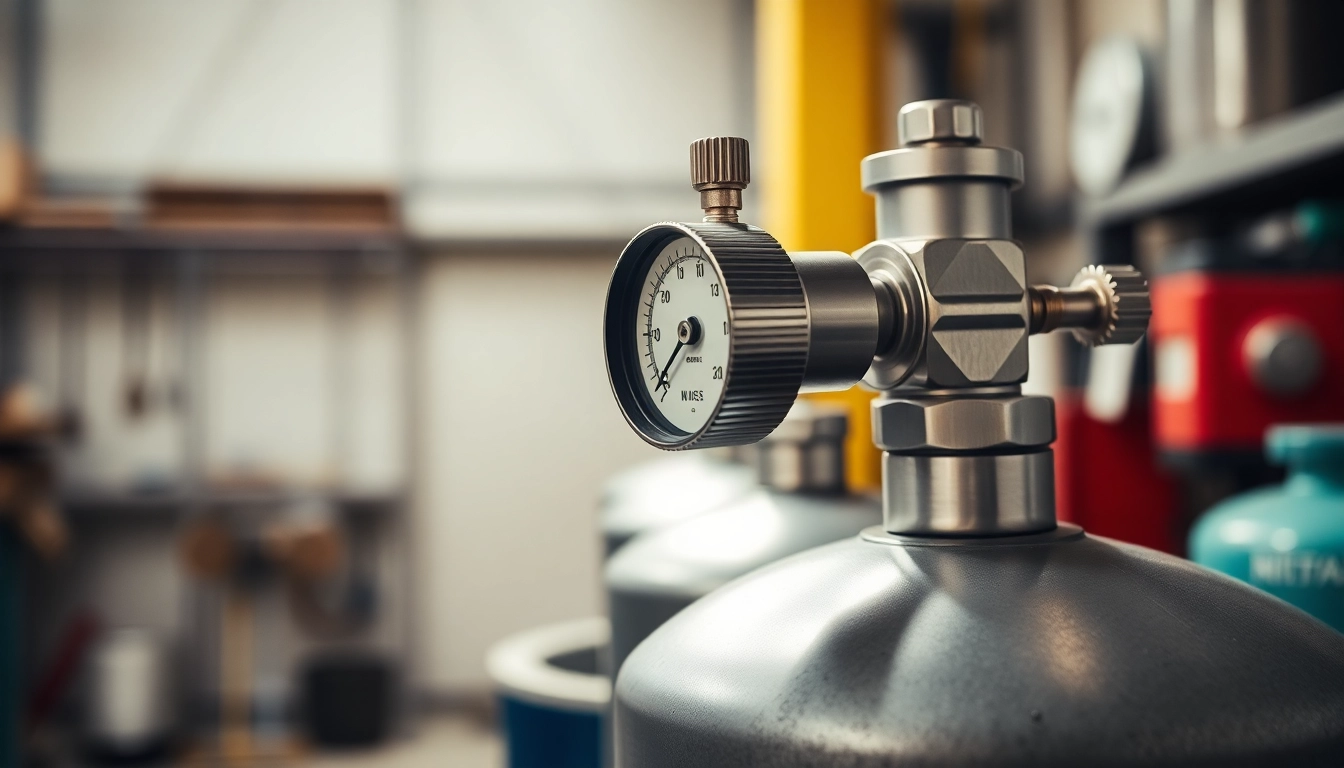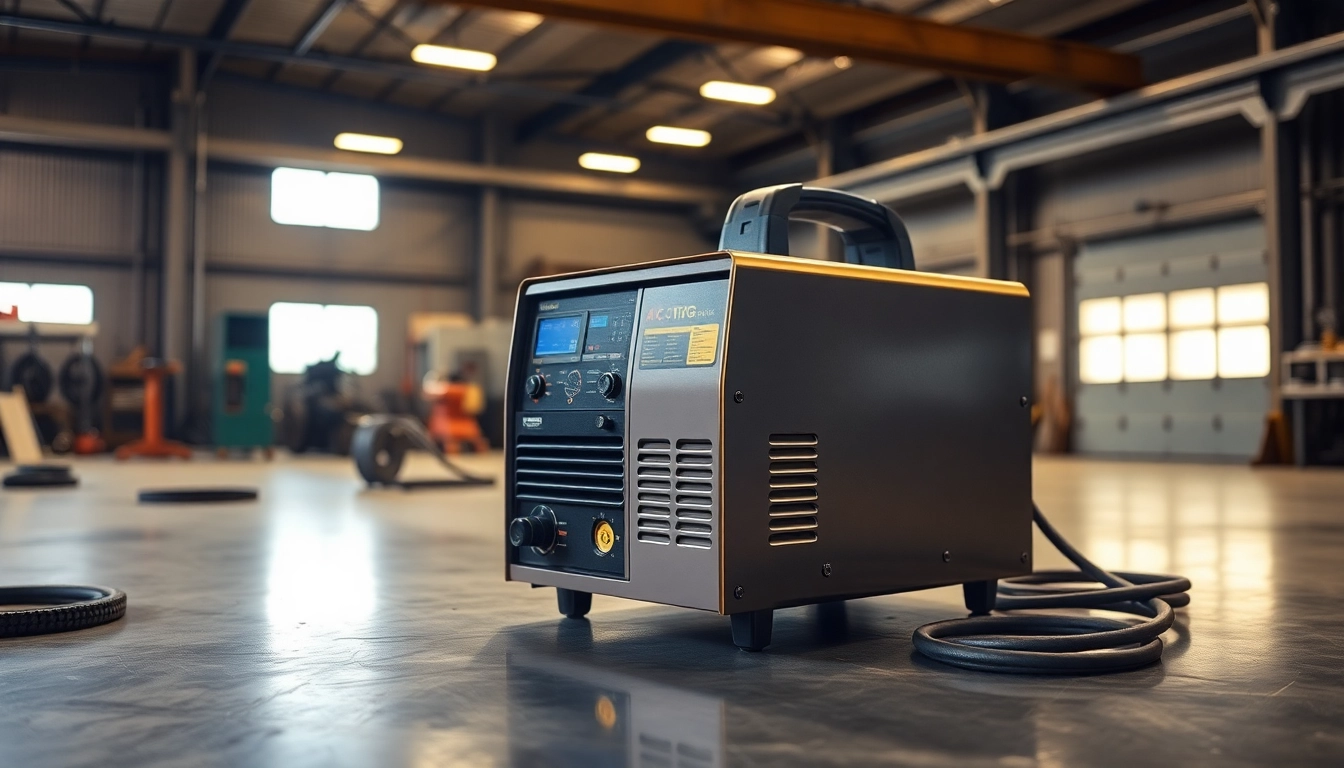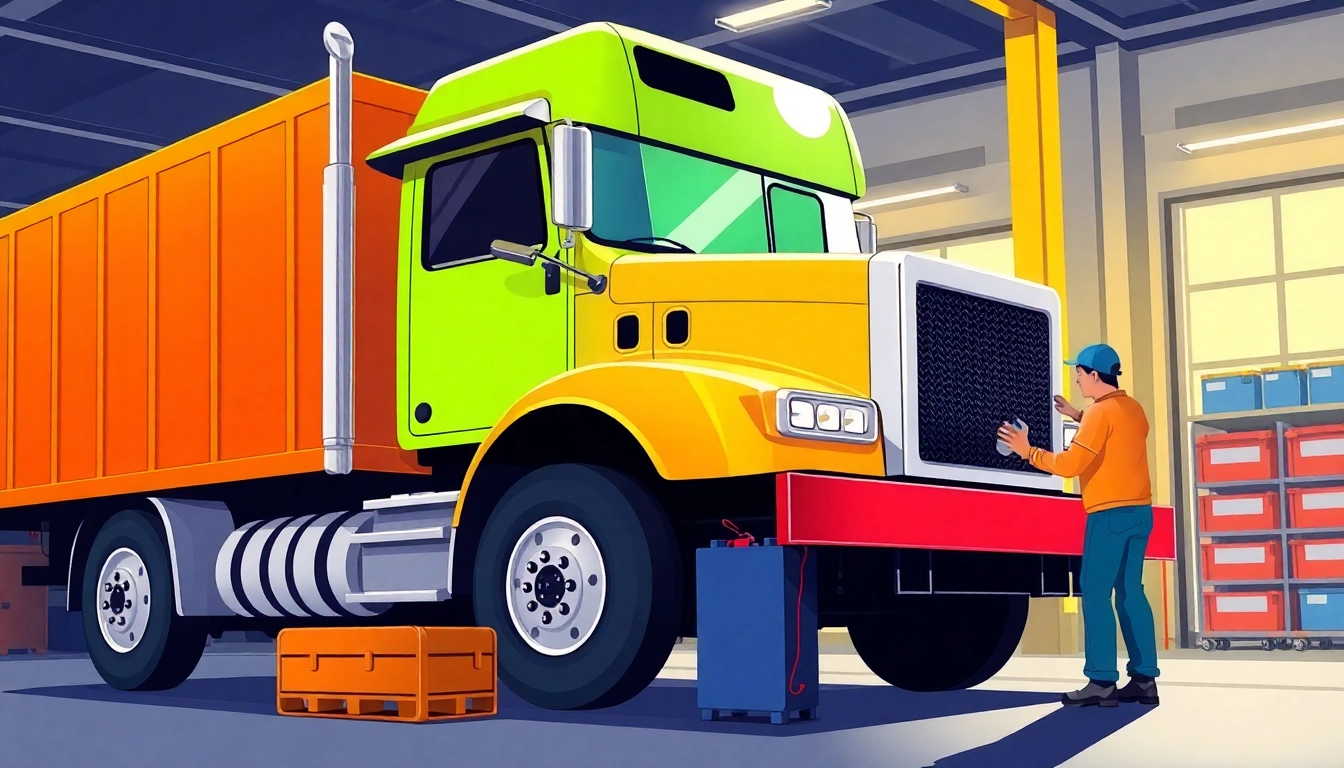Understanding Nitrogen Regulators
Nitrogen regulators play a crucial role in the precise control of nitrogen gas in various applications, from beverage dispensing to industrial processes. These devices ensure that gas is dispensed at safe and optimal pressures, celebrating the interplay of engineering and innovation. For those looking to explore the range of nitrogen regulators, nitrogen regulator options are available to meet diverse needs.
What is a Nitrogen Regulator?
A nitrogen regulator is a specialized device that reduces high-pressure nitrogen gas from cylinders to a stable and usable lower pressure. This ensures that the gas can be safely handled and utilized in various applications, including refrigeration, food and beverage dispensing, and pneumatic equipment. By regulating the pressure, these devices help maintain a consistent flow rate, which is essential for performance and safety.
How Nitrogen Regulators Work
The functioning of nitrogen regulators hinges on the principles of gas dynamics and pressure reduction. When nitrogen gas exits a high-pressure cylinder, the regulator uses a mechanism (typically a diaphragm or spring) that senses the pressure inside and adjusts the outlet pressure accordingly. The gas flows through the regulator when the downstream pressure drops below a predetermined set point, ensuring that the supply remains constant. This mechanism not only supplies the needed pressure but also protects connected equipment from damage due to excessive pressure fluctuations.
Key Components of Nitrogen Regulators
Understanding the components of nitrogen regulators is essential for effective selection, installation, and maintenance. Key parts include:
- Pressure Gauge: Displays the output pressure and allows users to monitor the pressure settings accurately.
- Inlet Connection: Connects to the nitrogen gas cylinder, typically featuring a standard CGA 580 fitting.
- Diaphragm: A crucial element that senses changes in outlet pressure, ensuring reliable operation.
- Adjustment Knob: Allows users to set the desired outlet pressure, enabling customization for specific applications.
- Outlet Connection: The port where nitrogen is delivered to the application, which may require different types of fittings depending on the use case.
Types of Nitrogen Regulators
Standard vs. Specialty Nitrogen Regulators
Nitrogen regulators can be broadly classified into two categories: standard and specialty regulators. Standard nitrogen regulators are ideal for general applications, offering reliable pressure control for everyday tasks. In contrast, specialty nitrogen regulators are designed for specific uses, such as low-pressure applications in food and beverage dispensing or high-pressure systems in industrial settings. Each type comes with unique features tailored to enhance performance in its intended application.
Low Pressure and High Pressure Nitrogen Regulators
Choosing between low-pressure and high-pressure nitrogen regulators largely depends on the requirements of the task at hand. Low-pressure regulators typically handle pressures below 30 PSI and are commonly used in sensitive applications where gas flow must be controlled delicately, like in draft beer systems. High-pressure regulators, on the other hand, function at pressures exceeding 30 PSI and are essential in industrial environments where robust pressure regulation is paramount. Understanding the operational pressures will help in selecting the right regulator for efficiency and safety.
Best Applications for Each Type
Each type of nitrogen regulator has its niche:
Standard Regulators:
Ideal for a range of industries, including:
- HVAC Systems: Used to maintain system pressure safely.
- Food and Beverage: Used in nitrogen-based dispensing systems for coffee and beer.
Specialty Regulators:
Best suited for specific industrial applications such as:
- Welding: Precise control of nitrogen in inert gas welding processes.
- Laboratories: Used for inerting processes where contamination must be minimized.
Choosing the Right Nitrogen Regulator
Factors to Consider When Selecting a Nitrogen Regulator
When purchasing a nitrogen regulator, several factors come into play:
- Application Requirements: Define how the nitrogen will be used to determine operational specifications.
- Pressure Ratings: Ensure the regulator can handle the required input and output pressure.
- Material Compatibility: Confirm materials resist corrosion and are suitable for nitrogen service.
- Adjustment Mechanism: Opt for regulators with easy-to-use adjustment features for pressure setting.
- Regulator Type: Choose between standard and specialty types based on your needs.
Common Pitfalls When Choosing Nitrogen Regulators
While selecting a nitrogen regulator, it’s important to avoid these common mistakes:
- Overlooking Compatibility: Ensure that your regulator fits the connection standards of your devices.
- Choosing Inadequate Pressure Ratings: Using regulators not rated for the applied pressure can be dangerous.
- Ignoring Maintenance Needs: Select models that are easy to service or replace parts, especially in high-use environments.
Comparative Analysis of Popular Models
For a well-informed purchase, consider comparing leading nitrogen regulators based on features, performance metrics, and user feedback. Notable brands include:
- Victor: Known for their high-quality welding and cutting solutions, Victor offers robust nitrogen regulators.
- Smith: Provides reliable regulators with industry-leading precision and ease of use.
- Uniweld: Offers a range of specialty regulators tailored for specific applications, particularly in HVAC systems.
Installation and Maintenance of Nitrogen Regulators
Best Practices for Installing Nitrogen Regulators
Proper installation can significantly enhance the performance and lifespan of your nitrogen regulator. Follow these best practices:
- Clean Connections: Ensure that all contact points are free of debris before assembly to prevent leaks.
- Use Thread Sealants: Apply appropriate thread sealants (e.g., PTFE tape) to prevent gas leaks.
- Monitor Pressure During Installation: After installation, observe the regulator under operational conditions to ensure there are no leaks.
Routine Maintenance to Ensure Performance
Regular maintenance ensures optimal performance of nitrogen regulators:
- Check for Leaks: Regularly inspect connections and joints for leaks using soapy water.
- Gauge Calibration: Periodically calibrate the pressure gauge to maintain accuracy.
- Replace Worn Components: Monitor the regulator for wear and replace parts as necessary to prevent failure.
Safety Measures When Using Nitrogen Regulators
Safety is paramount when working with gases. Recommendations include:
- Personal Protective Equipment (PPE): Always wear appropriate PPE while handling nitrogen cylinders and equipment.
- Adequate Ventilation: Ensure your workspace has proper ventilation to prevent nitrogen accumulation.
- Training and Awareness: Ensure all personnel handling regulators are trained in safe usage and emergency procedures.
Troubleshooting Common Issues
Identifying Pressure Fluctuations
Pressure fluctuations can lead to inconsistent performance in applications. To troubleshoot:
- Check the Pressure Gauge: Ensure the gauge accurately reflects the pressure; replace if necessary.
- Inspect for Blockages: Investigate the inlet and outlet connections for any blockages in the gas flow.
- Examine Diaphragm: A damaged diaphragm can result in incorrect pressure regulation; consider replacement.
Handling Leaks and Regulator Failures
In case of a gas leak or regulator failure:
- Immediate Shut-Off: Shut off the nitrogen supply immediately to prevent accidents.
- Ventilation: Make sure that the area is well ventilated to mitigate risk.
- Professional Assistance: Contact a qualified technician to assess and repair any regulator issues.
When to Seek Professional Help
It’s essential to recognize when to bring in experts:
- Persistent Issues: If problems with pressure regulation persist after troubleshooting.
- Complex Installations: When installing specialized or complex nitrogen systems.
- Safety Concerns: If there’s any doubt regarding the safety of handling nitrogen equipment.



